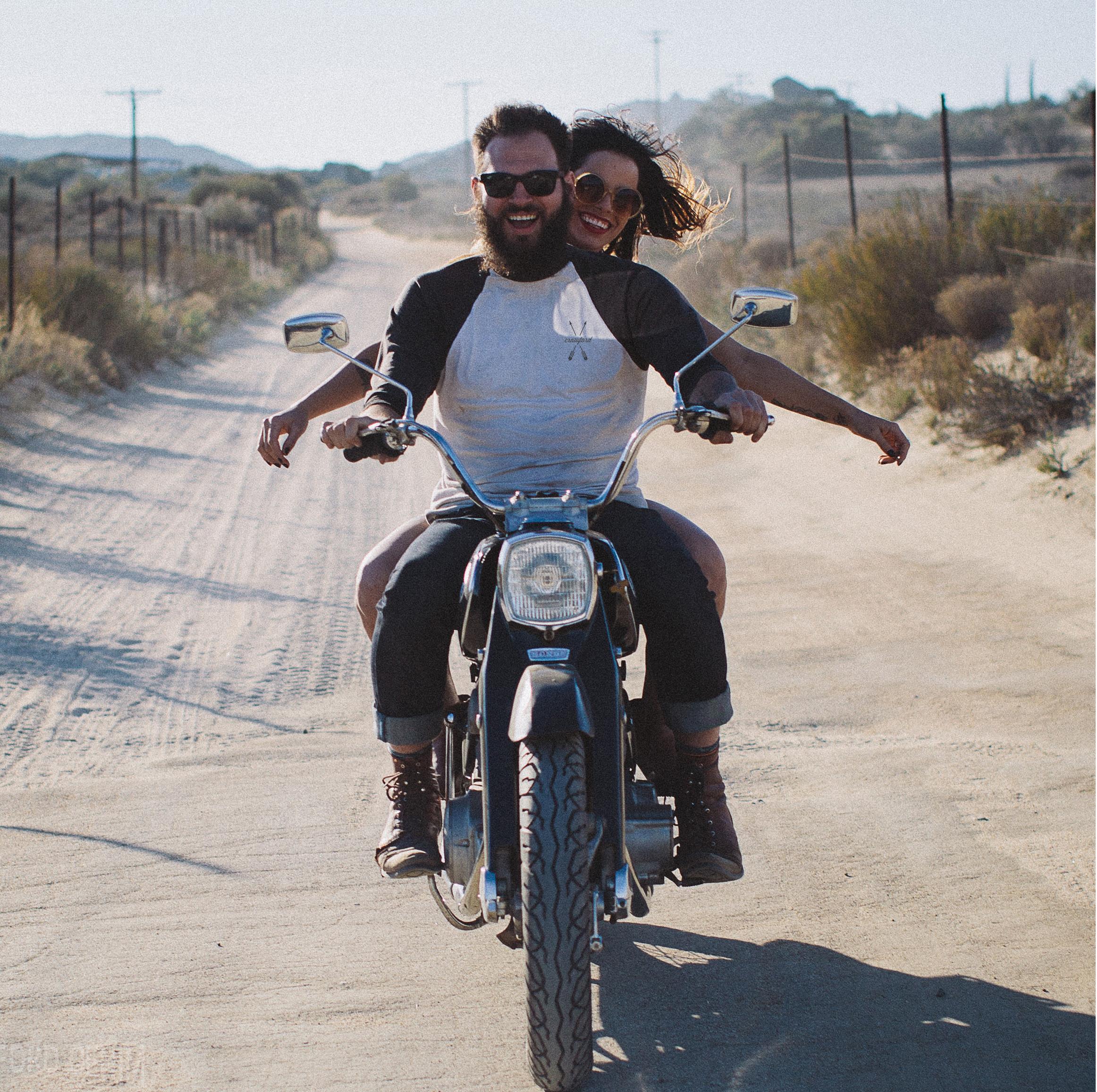
Being A Maker And Launching A Premium Denim Brand
Hello! Who are you and what are you working on?
Hey … I’m Susie Shaughnessy, owner and designer of Crawford Denim and Vintage Co. The small-batch denim brand is a mix of New + Vintage apparel for Men + Women, rooted in classic Americana style. The new designs are influenced by the vintage collection but made to fit modern silhouettes. Each piece is crafted in California from deadstock or USA made goods.
I’ve been teaming up with some great friends to collaborate on designs in order to increase the reach of the brand. Selling the vintage collection monthly at Long Beach Flea Market has also helped introduce Crawford Denim to a much larger audience. These steps have incrementally increased traffic to the site and sales.

What's your backstory and how did you come up with the idea?
I grew up in the San Francisco Bay Area as the middle child in a large family. Our Dad...

Download the report and join our email newsletter packed with business ideas and money-making opportunities, backed by real-life case studies.

Download the report and join our email newsletter packed with business ideas and money-making opportunities, backed by real-life case studies.

Download the report and join our email newsletter packed with business ideas and money-making opportunities, backed by real-life case studies.

Download the report and join our email newsletter packed with business ideas and money-making opportunities, backed by real-life case studies.

Download the report and join our email newsletter packed with business ideas and money-making opportunities, backed by real-life case studies.

Download the report and join our email newsletter packed with business ideas and money-making opportunities, backed by real-life case studies.

Download the report and join our email newsletter packed with business ideas and money-making opportunities, backed by real-life case studies.

Download the report and join our email newsletter packed with business ideas and money-making opportunities, backed by real-life case studies.


















